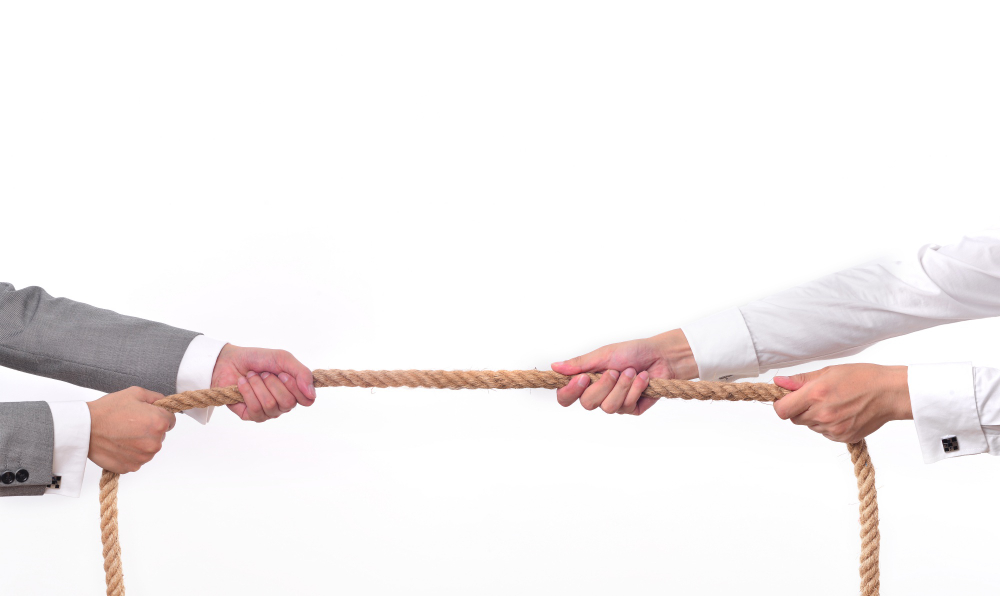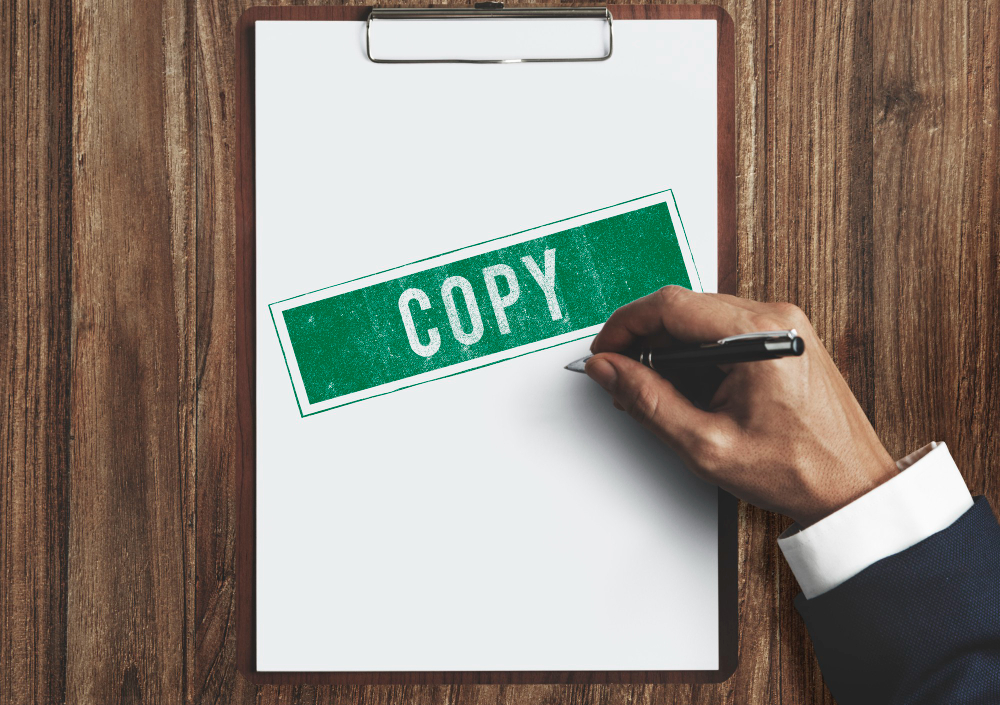Let’s be honest, when you think of Toblerone, you aren’t thinking about nougat, you probably are thinking about chocolate BUT you are definitely thinking of the shape first (I also think of duty free too)!
Well that triangular peak is not just for show. It is one of the most recognisable chocolate designs in the world, and it is trademarked.
But protecting a shape is never straightforward. Unlike names or logos, shapes often have to overcome major hurdles to be granted trademark protection. So how did Toblerone pull it off?
The Shape of Things to Come
Toblerone’s was founded in Switzerland in 1908
The shape of the chocolate, with its connected peaks, (a nod to the Matterhorn) has been in use since the brand was founded in Switzerland in 1908. Over the decades, that shape became inseparable from the brand identity, and that is what laid the groundwork for a strong trademark case.
What makes this case different is how successfully Toblerone proved that their shape alone had acquired distinctiveness. People see those triangle peaks and instantly think of Toblerone. That visual recognition has become just as powerful as a brand name.
Winning the Right to Protect It
Mondelez, the company behind Toblerone, registered the triangular prism shape as a three-dimensional trademark. It was not without challenges. Many shape marks get rejected for being too functional or generic. In Toblerone’s case, they were able to demonstrate that the shape was not necessary for the function of the chocolate bar. It was a design decision. One that had come to represent the brand.
The registration was successful in the EU and UK, meaning that no one else can use a confusingly similar shape for chocolate products in those markets.
If you are interested in how shape can play a part in branding and protection, have a look at our article on Lindt’s gold bunny ,another case where a confectionery company secured exclusive rights over a three-dimensional design.
What This Means for Brands
Toblerone’s case is a reminder that trademarks are not just for words or logos. If your product has a distinctive shape, sound, or colour that people associate with your brand, it might be worth protecting.
However, shape trademarks are among the most difficult to secure. You need evidence that consumers associate the shape directly with your business. That often means years of consistent use, strong advertising and plenty of public recognition to build up what is known as acquired distinctiveness.
Already using a distinctive shape or design in your product? It might be time to get it on record. If it has been copied or if you want to stop someone from copying it, the right trademark could make all the difference.
Whatever you are looking to protect, trademark protection always starts with a detailed search. This allows us to survey the markets you want to secure your rights in for potential objections prior to committing to any applications.
Even with a limited budget, some protection is often better than nothing, book a free consultation to learn more about your options.
You can also explore more examples of acquired distinctiveness in our articles on Cadbury’s purple and KitKat’s trademark troubles.







